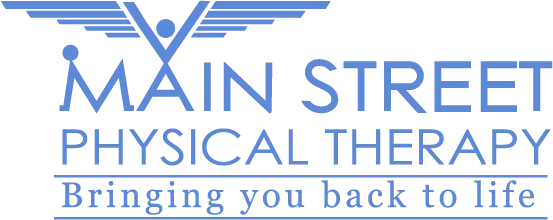What strategies do sports physical therapists employ to enhance balance, coordination in athletes?
Balance and coordination are crucial elements of athletic performance across various sports disciplines. Whether it's a basketball player pivoting on the court, a soccer player guiding opponents, or a gymnast executing complex routines, optimal balance and coordination can make all the difference between success and failure. Sports physical therapists play an important role in helping athletes enhance these skills, utilising a range of strategies to individual needs and sports requirements.Through our best approach and comprehensive strategies, we empower athletes to improve their balance, coordination, and overall performance on the field, court, or track.

Understanding the Importance of Balance and Coordination
Balance and coordination are the foundation of athletic excellence. Whether it's maintaining stability during a tackle, executing precise footwork on the tennis court, or navigating complex obstacles on a trail run, athletes rely on these skills to succeed. At Mainstreet PT, we recognize that enhancing balance and coordination not only enhances performance but also reduces the risk of injuries, ensuring athletes can compete at their best for years to come.
Top Strategies by Sports Physical Therapists
Proprioceptive Training
Proprioception, or the body's ability to sense its position and movements, is fundamental to balance and coordination. Sports physical therapists often incorporate proprioceptive training exercises into athletes' rehabilitation and training programs. These exercises may include balance boards, stability balls, and proprioceptive discs, challenging athletes to maintain stability while performing various movements. By progressively increasing the difficulty of these exercises, therapists can enhance proprioception, leading to improved balance and coordination.
Core Strengthening
A strong core is essential for maintaining stability and transferring force efficiently during athletic movements. Sports physical therapists design specific exercises to target the muscles of the core, including the abdominals, obliques, and lower back. By strengthening these muscles, athletes can better control their body movements and maintain balance in dynamic situations, such as cutting, jumping, and landing.
Functional Movement Training
Functional movement training involves mimicking the movements required in a particular sport or activity to improve performance and reduce the risk of injuries. Sports physical therapists analyse the biomechanics of athletes' movements and identify areas of weakness or inefficiency. They then develop tailored training programs that focus on improving movement patterns, enhancing neuromuscular control, and optimising coordination for specific athletic tasks.
Balance and Stability Exercises
Incorporating balance and stability exercises into athletes' training routines can help improve proprioception and neuromuscular control. Sports physical therapists may utilise a variety of tools and techniques, such as balance pads, Bosu balls, and single-leg exercises, to challenge athletes' balance and stability in different planes of motion. These exercises not only enhance physical performance but also reduce the risk of ankle sprains, knee injuries, and other common sports-related injuries.
Plyometric Training
Plyometric exercises, which involve rapid stretching and contracting of muscles, are valuable for improving explosive power, agility, and coordination in athletes. Sports physical therapists carefully prescribe plyometric drills that are appropriate for athletes' skill levels and sports requirements. By incorporating jumps, hops, and bounding movements into training programs, therapists can help athletes develop the quick reflexes and precise timing necessary for optimal performance.
Neuromuscular Re-education
Neuromuscular re-education focuses on restoring proper communication between the nervous system and muscles, particularly after injury or surgery. Sports physical therapists use a variety of techniques, such as proprioceptive neuromuscular facilitation (PNF) and functional electrical stimulation (FES), to facilitate motor learning and improve coordination in athletes. Through targeted exercises and hands-on interventions, therapists help athletes regain control and confidence in their movements, ultimately enhancing their balance and coordination on the field or court.
Balance and coordination are integral components of athletic performance, influencing everything from agility and speed to injury prevention and overall success. Sports physical therapists play a vital role in helping athletes enhance these skills through a combination of targeted interventions, personalised training programs, and evidence-based strategies. By incorporating proprioceptive training, core strengthening, functional movement training, and other techniques into athletes' rehabilitation and training routines, therapists empower them to perform at their best and reach their full potential in their respective sports. With the guidance and expertise of sports physical therapists, athletes can achieve greater balance, coordination, and success in their athletic attempt.With our comprehensive approach to sports physical therapy, athletes can trust Mainstreet PT to support them every step of the way on their journey to athletic excellence.
